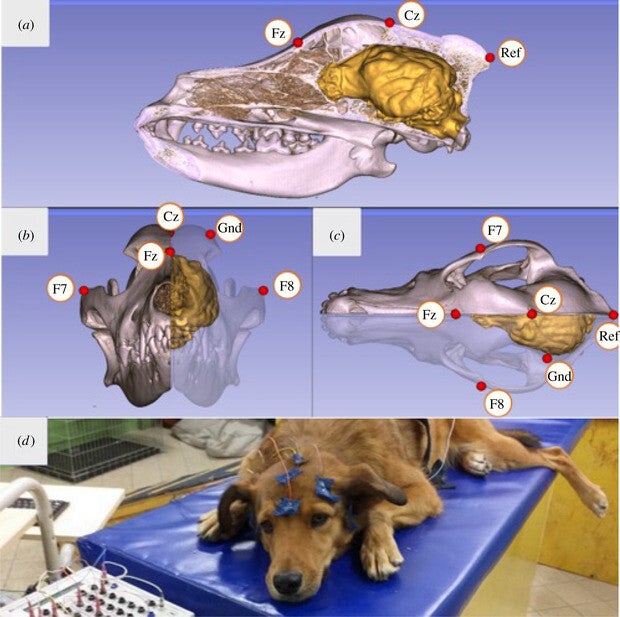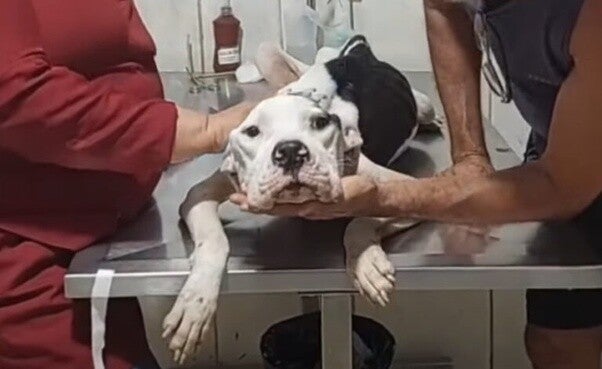Information
Discover the neurological impact of trauma on animals and how Justice for Abused Animals, based in Denver, Colorado, is pioneering trauma-informed programs for offenders, courts, and animal welfare advocates. We address the science behind animal abuse, providing insights for compassionate care and legal advocacy. "Justice for Abused Animals exists to stand at the intersection of compassion and justice, advancing innovative programs that protect animals, support prosecutors with credible forensic tools, and educate communities. Grounded in psychology, neurology, and trauma-informed science, we work to restore dignity, prevent cruelty, and create sustainable pathways of healing for both humans and animals."

Neurological Impact of Trauma on Animals
1. Trauma Physically Changes the Brain
Chronic abuse, neglect, and fear literally rewire an animal’s brain. Prolonged stress heightens the amygdala (fear response), weakens the hippocampus (learning and memory), and disrupts the prefrontal cortex (emotional regulation). The result: animals trapped in survival mode, reacting from instinct rather than reasoning. It’s biology—not bad behavior.

Observable Behavioral Effects
2. Behavior Mirrors Neurology
Cowering, biting, freezing, hiding, or pacing aren’t “disobedience”—they’re neurological adaptations to chronic fear. The animal’s nervous system is locked in sympathetic overdrive, flooded with stress hormones like cortisol and adrenaline. Traditional discipline only deepens trauma. True recovery begins when safety allows the body and brain to down-regulate and relearn calm.
Observable behaviors like cowering, biting, freezing, hiding, and pacing are often neurological adaptations to survive chronic fear. Animals in this state are in sympathetic overdrive, flooded with stress hormones. Discipline or punishment is ineffective; healing begins when the nervous system feels secure enough to down-regulate.

Advocating for Neurological Recovery in the Court System
- 3 Justice for Abused Animals does not provide hands-on rehabilitation; instead, we advocate for evidence-based neurological recovery practices that courts, shelters, and foster placements can implement effectively.
- True healing must address both the nervous system and the animal’s environment.
Key Neurological Principles We Educate Courts On:
- Predictable structure stabilizes the amygdala.
Consistent routines reduce hypervigilance and fear-based reactivity by calming the brain’s threat-detection systems. - Gentle, non-coercive human interaction rebuilds trust circuits.
Forced handling can retraumatize; safe proximity and patient engagement activate bonding pathways and reduce defensive conditioning. - Enrichment and reward-based methods promote neuroplasticity.
Curiosity, positive reinforcement, and sensory stimulation encourage the brain to form healthy new patterns after trauma.
Why This Matters in Court
Trauma recovery is neurological retraining, not obedience training.
Animals are not “bad,” “broken,” or “stubborn”—they are recovering from disrupted safety systems.
By recognizing this, the justice system can make better decisions regarding:
-
Placement
-
Protective custody
-
Risk assessment
-
Rehabilitation options
-
Long-term outcomes for the animal
Restoring safety, balance, and confidence is the foundation of recovery. Our role is to ensure the courts have the scientific framework needed to protect these animals appropriately.

